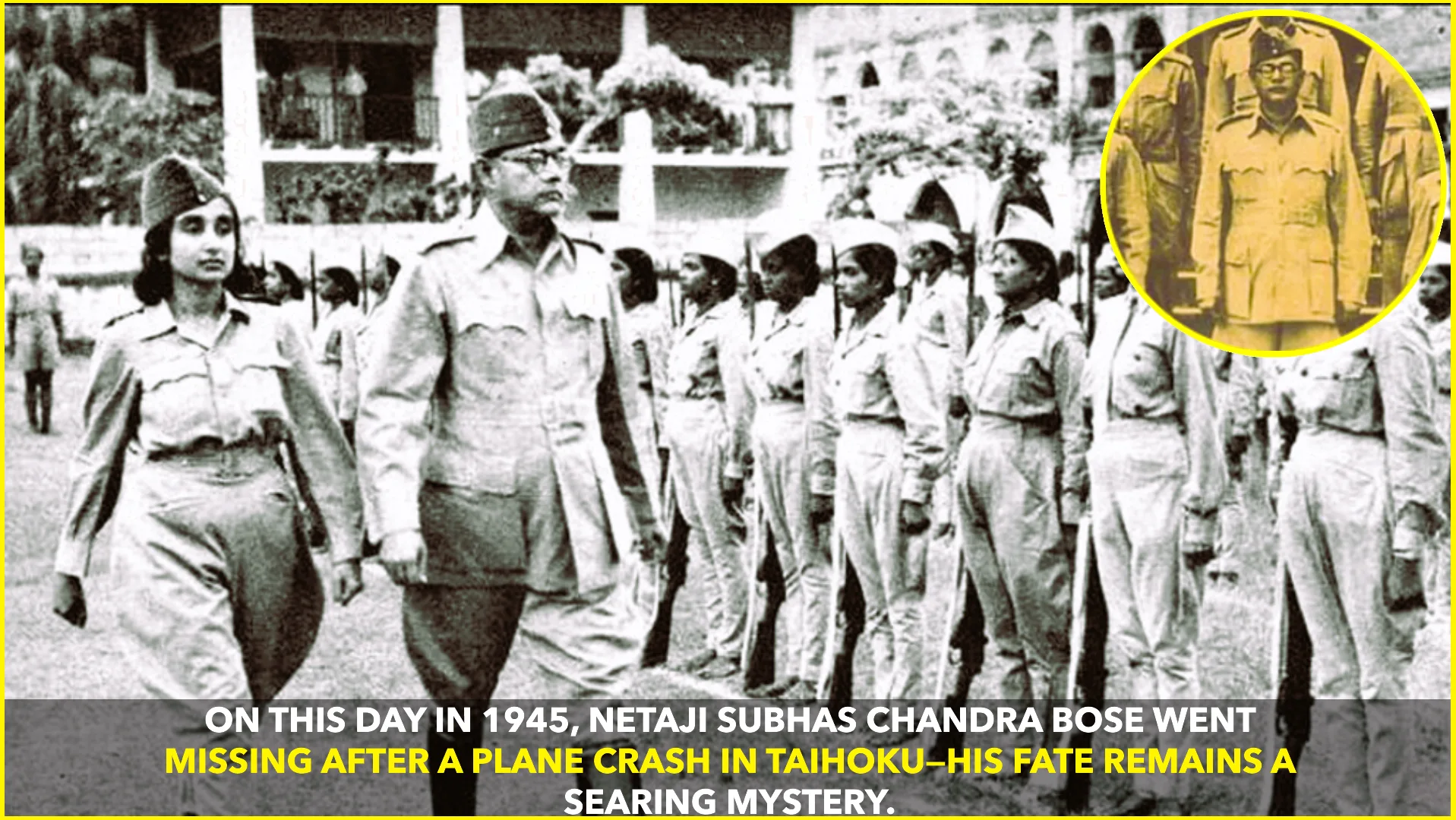In a historic political shift, Prime Minister Narendra Modi’s Bharatiya Janata Party (BJP) is set to secure a commanding majority in the Delhi Assembly, winning 48 out of the 70 seats. This marks the BJP’s return to power in the national capital after a 27-year hiatus. The Aam Aadmi Party (AAP), which had dominated Delhi’s political landscape since 2015, has been significantly reduced to 22 seats. reuters.com
The BJP’s resurgence in Delhi is particularly noteworthy, given its previous struggles to establish a foothold in the city’s regional governance. In the 2020 elections, the AAP had achieved a landslide victory, securing 62 seats, while the BJP managed only eight. thehindu.com This dramatic turnaround underscores a significant shift in voter sentiment over the past five years.
Several factors contributed to the BJP’s impressive performance. The party’s campaign focused on appealing to middle-class voters, who constitute a substantial portion of Delhi’s population. Recent tax breaks introduced by the Modi government further bolstered this support base. ft.com Additionally, the BJP’s promises of financial assistance for women, the elderly, and the youth resonated with a broad spectrum of the electorate. reuters.com
The AAP’s decline can be attributed to multiple challenges. The arrest of its leader, Arvind Kejriwal, on graft charges prior to the national elections cast a shadow over the party’s integrity, despite his denial of the allegations. Furthermore, the BJP’s strategic campaign efforts effectively countered the AAP’s welfare-centric policies, diminishing its appeal among the urban poor. apnews.com
This electoral outcome not only reshapes Delhi’s political dynamics but also has broader implications for national politics. The BJP’s victory in the capital reinforces Prime Minister Modi’s political standing, especially following the party’s coalition-dependent victory in the previous year’s national election. It also signals a potential shift in urban voter preferences, which could influence future electoral strategies across India.
The voter turnout in this election was noteworthy, with over 60% of the more than 15 million eligible voters casting their ballots. This high level of civic engagement reflects the electorate’s keen interest in shaping the city’s governance and future direction. apnews.com
The BJP’s return to power in Delhi after nearly three decades is a testament to its evolving political strategy and adaptability. By addressing the aspirations of the middle class and offering targeted welfare measures, the party has managed to broaden its appeal and secure a decisive mandate from the people of Delhi.
As the BJP prepares to form the new government in Delhi, it faces the challenge of delivering on its electoral promises and addressing the diverse needs of the city’s populace. The party’s ability to govern effectively in the capital will be closely watched and could have lasting implications for its political fortunes both in Delhi and nationally.
In conclusion, the BJP’s decisive victory in the Delhi Assembly elections marks a significant turning point in the city’s political landscape. The party’s strategic focus on middle-class aspirations and targeted welfare initiatives has resonated with voters, leading to a substantial mandate. Conversely, the AAP’s reduced presence in the Assembly reflects the challenges it faces in maintaining its political dominance amid shifting voter preferences. As Delhi embarks on this new chapter, the effectiveness of the BJP’s governance will play a crucial role in shaping the city’s future trajectory.










